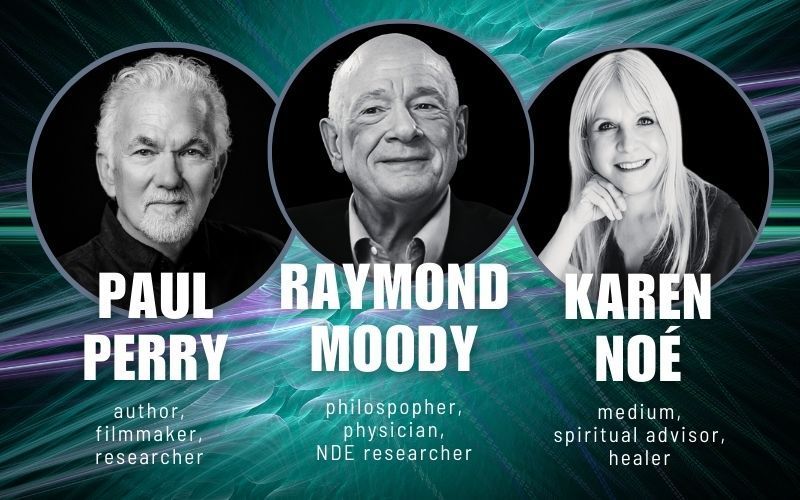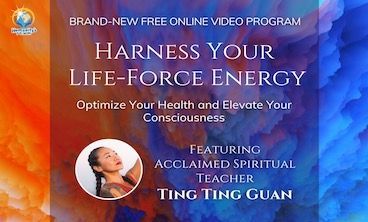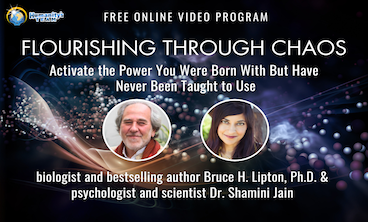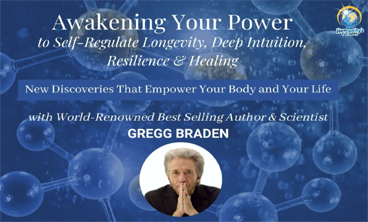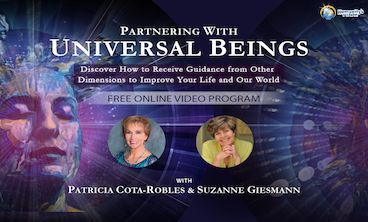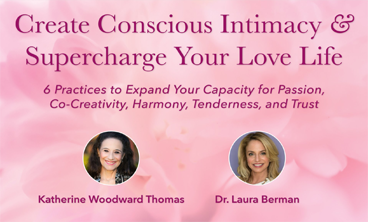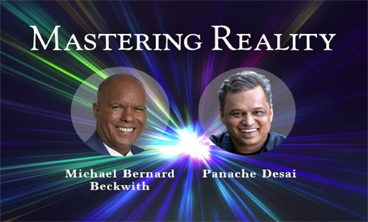
Chakra Healing: The Mystical Connection
The concept of chakras has garnered significant attention and interest in the world of holistic healing. Rooted in ancient Eastern philosophies, chakras are believed to be energy centers within the human body that influence our physical, emotional, and spiritual well-being. While the scientific community might approach the idea of chakras with skepticism, many individuals and practitioners have found value in exploring their potential for healing and self-improvement.
The word chakras is a Sanskrit word meaning "wheels" or "circles." It is a reference to the seven major energy centers that align along the spine, from the base to the crown of the head. Each chakra is associated with specific organs, emotions, colors, and aspects of our being. The seven chakras and their Sanskrit names include:
Root Chakra (Muladhara): Located at the base of the spine, Muladhara represents our foundation and sense of stability. Red is associated with the root chakra.
Sacral Chakra (Swadhisthana): Found in the lower abdomen, Swadhisthana is linked to creativity, sensuality, and emotional balance. Orange represents the sacral chakra.
Solar Plexus Chakra (Manipura):
Situated above the navel, Manipura governs self-esteem, confidence, and personal power. Yellow is associated with the solar plexus chakra.
Heart Chakra (Anahata):
Centered in the chest, Anahata embodies love, compassion, and emotional healing. Green brings energy to the heart chakra.
Throat Chakra (Vishuddha): Located in the throat, Vishuddha governs communication, self-expression, and authenticity. Blue is associated with the throat chakra.
Third Eye Chakra (Ajna): Positioned between the eyebrows, Ajna is associated with intuition, perception, and spiritual insight. Indigo is the color that relates to the third eye chakra.
Crown Chakra (Sahasrara): At the crown of the head, Sahasrara signifies spiritual connection, enlightenment, and awareness. Violet represents the crown chakra.
Balancing Energy for Healing
It is believed that when your chakras are balanced, your energy flows freely. Individuals often experience improved physical, emotional, and spiritual health when their chakras are aligned and in flow. Conversely, imbalances or blockages in chakras are thought to lead to various ailments, discomforts, and emotional struggles.
Emotional Healing: Chakras are closely linked to our emotions. When we work to balance and open these energy centers, we might find relief from emotional distress, anxiety, and past traumas.
Physical Well-being:
Advocates of chakra healing believe that imbalances can manifest as physical ailments. By addressing the energy flow, individuals may experience improvements in their physical health.
Self-awareness and Growth:
Exploring chakras can lead to heightened self-awareness and personal growth. As you delve into each energy center, you may uncover insights into your strengths, weaknesses, and potential areas for improvement.
Spiritual Connection:
The upper chakras, such as the Third Eye and Crown Chakras, are associated with spirituality and a higher sense of consciousness. Balancing these chakras could lead to a deeper connection to your spiritual self.
Mind-Body Connection:
Chakra healing emphasizes the interconnectedness of the mind, body, and spirit. By addressing the energy imbalances, individuals may experience a greater sense of overall well-being.
Healing Modalities that Activate the Chakras
Holistic healing modalities like meditation, yoga, Reiki, acupuncture, and crystal therapy aim to harmonize the energy flow within the chakras, promoting healing and well-being. Below are just a few modes of healing that help to activate and balance your chakras:
Meditation:
Meditation involves focusing one's attention on each chakra, envisioning its associated color, and using specific mantras or affirmations to encourage healing energy flow.
Yoga: Yoga postures and breathing exercises (pranayama) are designed to stimulate and harmonize the chakras, promoting a sense of equilibrium within the body and mind.
Reiki: A Japanese energy healing practice, Reiki involves channeling universal life force energy to remove blockages and restore balance to the chakras.
Crystal Healing:
Crystals are believed to possess unique energies that can resonate with and influence the chakras, helping to clear blockages and enhance their function.
Sound Therapy: Specific sounds and frequencies, such as chanting, singing bowls, or tuning forks, are used to activate and balance the chakras.
Aromatherapy:
Essential oils are used to stimulate the senses and facilitate chakra healing, with each oil corresponding to a specific energy center.
Color Therapy:
Exposure to specific colors through visualization, clothing, or surroundings is thought to influence the vibrational frequencies of the chakras.
In conclusion, scientific evidence regarding chakras is limited, but their impact on holistic healing practices cannot be denied. Many individuals have reported experiencing positive changes in their well-being through chakra-based techniques. Whether you view chakras as symbolic representations of our inner selves or as tangible energy centers, exploring these concepts can lead to a deeper understanding of yourself and your path toward healing. As with any holistic approach, it's important to approach chakra healing with an open mind and a willingness to explore its potential benefits.
Empower your transformational journey to whole-being with Jude Currivan’s masterclass in conscious evolution.
Share this post!
LATEST BLOGS
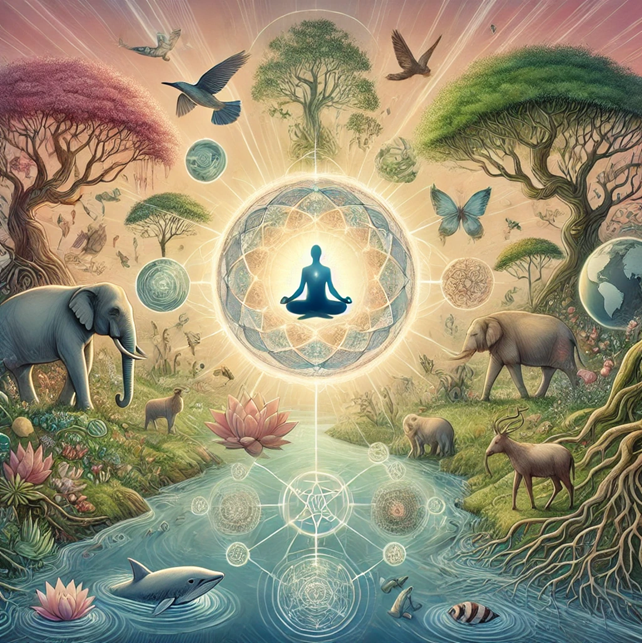



FREE PROGRAMS
LISTEN TO ONE OF OUR RECENT PODCASTS
Sign up now so you never miss a blog post, podcast,
or free event with Humanity's Team!



